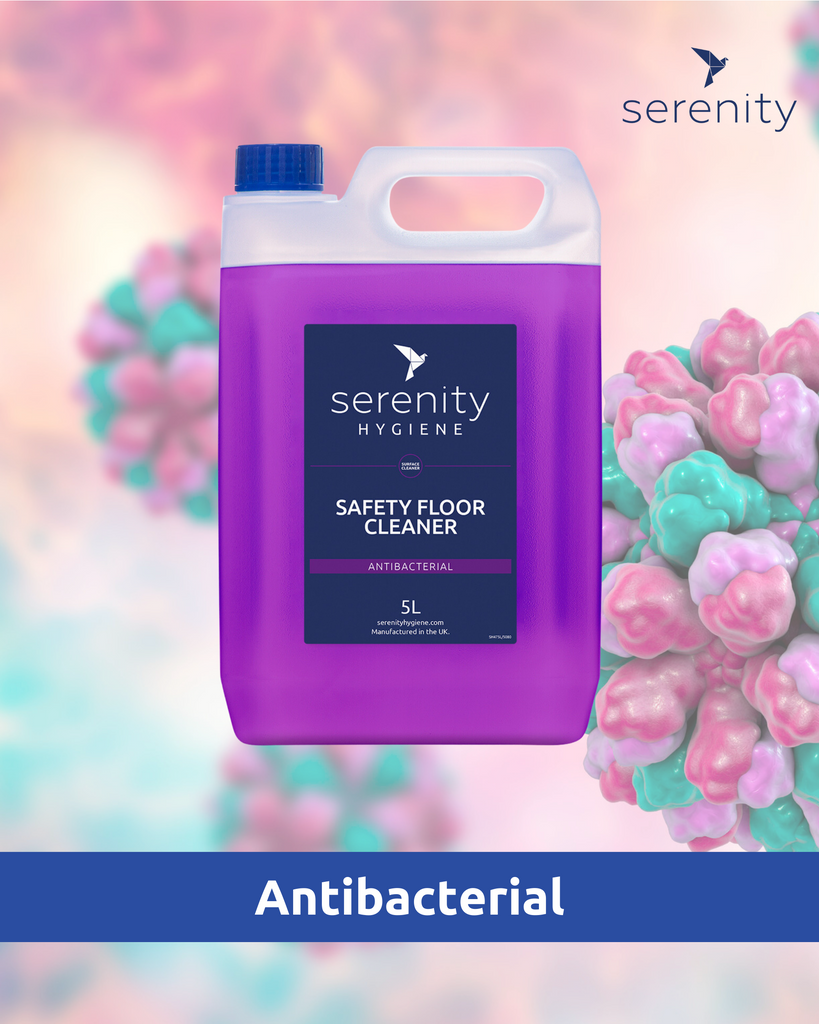🦠 Shoe soles have been shown to transfer infectious microorganisms to floor and ground surfaces, making them a potential source of infection.
🦠 Pathogens can survive on floors for extended periods of time, making them a potential source of infection even after the initial contamination has occurred.
🦠 Floors can become contaminated with a variety of pathogens, including bacteria, viruses, and fungi, which can be spread through contact with contaminated surfaces or through the air.
Floors are an important part of our homes, schools, and hospitals, but they can also be a source of germs and infection. Studies have shown that floors can act as a reservoir for pathogens, which can contribute to infection risk, especially in healthcare facilities
Germs can survive on floors for extended periods of time, making them a potential source of infection even after the initial contamination has occurred. Shoe soles have been shown to transfer infectious microorganisms to floor and ground surfaces, which can then be spread through contact with contaminated surfaces or through the air. Evidence suggests that efficient cleaning of floor surfaces and vectors that transfer infectious organisms to floors, such as shoe soles, could be an effective infection control strategy.
Using an effective floor product with powerful antimicrobial properties like our concentrated safety floor cleaner is an effective step to reducing the spread of germs in your home, workplace or school.

